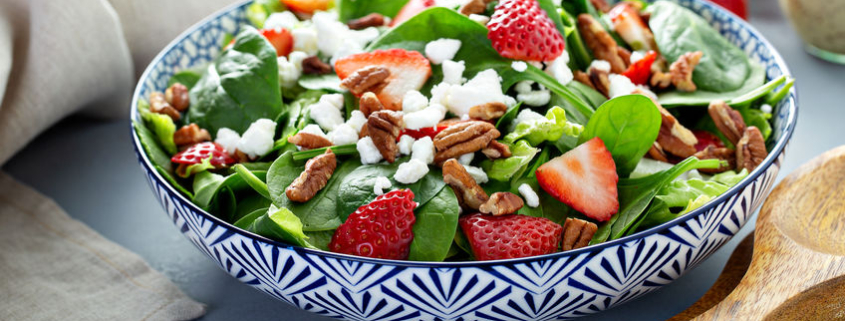Glycemic Index of Foods
My blog today is going to focus on a way of choosing foods that I talk about with a lot of my patients in my NW Calgary Naturopathic Medicine practice when I talk about diet and healthy eating. These food choices and meal planning are based on the Glycemic Index rating of a food.
So what is the Glycemic Index?
Explained simply, it relates to how quickly your body breaks down the carbohydrates in a food or drink into glucose (sugar) and releases it into the bloodstream for use by your organs and tissues.
Foods are broken down into 3 categories: low, medium, or high glycemic index (GI). Each food is rated from 0 (the lowest) to 100 (the highest, equal to pure glucose). Low GI foods are those that are rated under 55, while high GI foods are those that are rated over 70. A high GI food would cause a higher blood sugar increase 2 hours after eating that food than a low GI food.
High GI foods tend to be foods such as white rice, white pasta, white bread, fruit juice, sugar, white potato, and more.
Low GI foods tend to be foods such as beans, quinoa, and sweet potato.
So what is the benefit of eating low Glycemic Index foods?
- a decreased risk of type 2 Diabetes
- decreased risk of heart attack and stroke (consistently elevated blood sugars can increase risk of atherosclerosis, or plaque formation on arteries)
- weight loss/maintenance
- a feeling of fullness longer after eating meals
- decreased risk of cancer
- decreased risk of age related macular degeneration
- improved lipid profile (cholesterol levels)
We know that repeated glycemic spikes (rapid increases in blood sugar) can promote protein glycation and oxidative stress to tissues, and as I have explained before, elevated levels of insulin. When the body has consistently elevated levels of insulin, risks of abdominal weight gain, Type 2 Diabetes, Hypertension, and High Cholesterol increase.
If you do include high GI foods in your meals, you can balance it (average out the glycemic rating of the meal) by including low GI foods, as well as protein, fiber and healthy fat. This will slow down the absorption of the carbohydrates by slowing down the time it takes the food to leave the stomach, thus blunting the blood sugar level increase.
The glycemic index is not a catch all method of healthy eating. A cheeseburger would be rated as low glycemic index, due to the high content of fat and protein, but it still wouldn’t be considered healthy. So the glycemic index is more of a guideline for food choices, rather than a strict diet to follow.
Are there times when High Glycemic Index foods should be chosen?
Yes. After a workout (when your body is trying to replete glycogen stores in muscle) you would want to combine protein with simple carbs (for example, a banana). Another time would be for a person whose blood sugar has dropped (hypoglycemia) and they need to increase their blood sugar quickly. A low GI food here wouldn’t increase the blood sugar quickly enough. Patients that suffer from bouts of hypoglycemia should always carry fruit juice with them so they can drink it as needed, but they should also make sure they are choosing low glycemic index carbohydrates over high glycemic index carbohydrates during the day, combined with protein and healthy fat, to prevent a blood sugar drop in the first place.
Examples of Low Glycemic Index Snacks
- apple with nut butter
- greek yogurt with nuts
- protein smoothie
- carrots and hummus
- see my list of protein snacks from the previous email 🙂
I hope this blog gives you some information on the benefits of basing your diet on low glycemic index foods, as well as when it is appropriate to eat a high glycemic index food. If you have any questions about how this relates to your health specifically, feel free to ask me at your next visit!
Naturopathic Vitality Acupuncture and Wellness Clinic
205-5403 Crowchild Trail NW
Calgary, AB T3B 4Z1
(403) 719-2594












Leave a Reply
Want to join the discussion?Feel free to contribute!